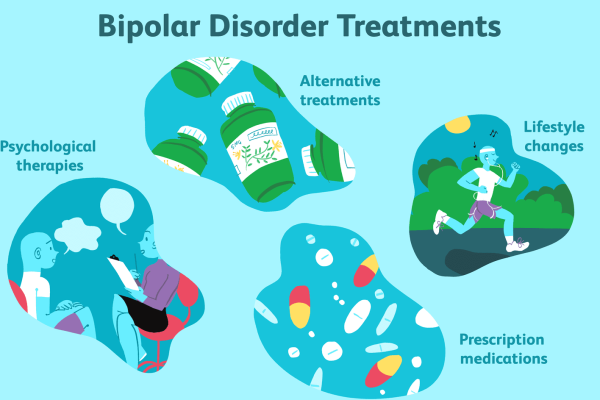Arthritis is a term commonly used to describe joint pain or joint disease, but not all arthritis is the same. Two of the most prevalent forms are Osteoarthritis (OA) and Rheumatoid Arthritis (RA). While they may share some symptoms—such as joint pain, stiffness, and limited mobility—their causes, progression, and treatment strategies are quite different.
In this blog, we’ll explore how OA and RA differ, helping you better understand what’s happening in your joints and how to manage it effectively.
Carticlas tablets are a cutting-edge dietary supplement formulated to promote joint health, reduce inflammation, and support overall well-being. They are designed to address the common issues associated with aging, high physical activity, and other factors that affect joint and bone health.
What is Osteoarthritis (OA)?
Often referred to as “wear-and-tear” arthritis, osteoarthritis is a degenerative joint condition that typically develops with age or due to repetitive joint use. It occurs when the cartilage—the protective tissue at the ends of bones—breaks down over time. As cartilage wears away, bones may rub against each other, leading to pain, swelling, and reduced mobility.
Key Characteristics of OA:
-
Common in older adults (usually over 50)
-
Affects weight-bearing joints like knees, hips, and spine
-
Develops gradually over years
-
Often affects joints on one side of the body more than the other
-
May be linked to prior injuries, obesity, or genetics
What is Rheumatoid Arthritis (RA)?
Rheumatoid arthritis is an autoimmune disorder in which the body’s immune system mistakenly attacks healthy joint tissue. Unlike OA, RA does not result from physical wear and tear but from chronic inflammation caused by immune dysfunction. This inflammation can damage not only cartilage and bone but also other tissues, including the skin, eyes, lungs, and heart.
Key Characteristics of RA:
-
Can develop at any age, including young adulthood
-
Often begins in smaller joints (hands, wrists, feet)
-
Usually affects the same joints on both sides of the body
-
Symptoms include prolonged morning stiffness, fatigue, and swelling
-
Fluctuates between flare-ups and periods of remission
Symptoms: Spot the Differences
| Symptom | OA | RA |
|---|---|---|
| Onset | Gradual over years | Can appear suddenly or develop quickly |
| Joint pain | Worsens with use | May improve with use, worse after rest |
| Swelling | Mild | Significant, with warmth and redness |
| Morning stiffness | Lasts less than 30 minutes | Lasts longer than 30 minutes |
| Fatigue and malaise | Rare | Common and sometimes severe |
| Symmetry | Often asymmetrical | Typically symmetrical |
Diagnosis: How Are They Identified?
Both conditions require a thorough medical evaluation. A doctor may use a combination of:
-
Physical exams
-
Imaging tests (X-rays, MRI)
-
Blood tests (especially for RA)
RA-specific tests include Rheumatoid Factor (RF) and Anti-CCP antibodies, which are usually not present in OA patients.
Treatment Approaches
Osteoarthritis Treatment
OA treatment focuses on symptom relief and improving joint function. Common strategies include:
-
Physical therapy and regular exercise
-
Weight management
-
Pain relievers like acetaminophen or NSAIDs
-
Joint injections (steroids or hyaluronic acid)
-
In advanced cases, joint replacement surgery
Rheumatoid Arthritis Treatment
RA requires a more aggressive approach to prevent joint damage:
-
Disease-modifying antirheumatic drugs (DMARDs)
-
Biologic agents (target specific parts of the immune system)
-
NSAIDs and corticosteroids to control inflammation
-
Lifestyle changes and physical therapy
Early treatment in RA is crucial to prevent irreversible joint destruction.
Living With Arthritis: Managing Day to Day
While OA and RA differ in cause and treatment, both can be managed with proactive care:
-
Maintain a healthy diet rich in anti-inflammatory foods
-
Stay active with low-impact exercises like swimming or walking
-
Get enough rest and manage stress
-
Use assistive devices or ergonomic tools to reduce strain
Conclusion
Osteoarthritis and Rheumatoid Arthritis are two distinct conditions with overlapping symptoms but very different origins—OA results from mechanical wear, while RA stems from autoimmune dysfunction. Recognizing the differences is essential for early diagnosis and targeted treatment. Whether your joints are wearing down or under immune attack, understanding the cause is the first step toward effective relief and a better quality of life.









